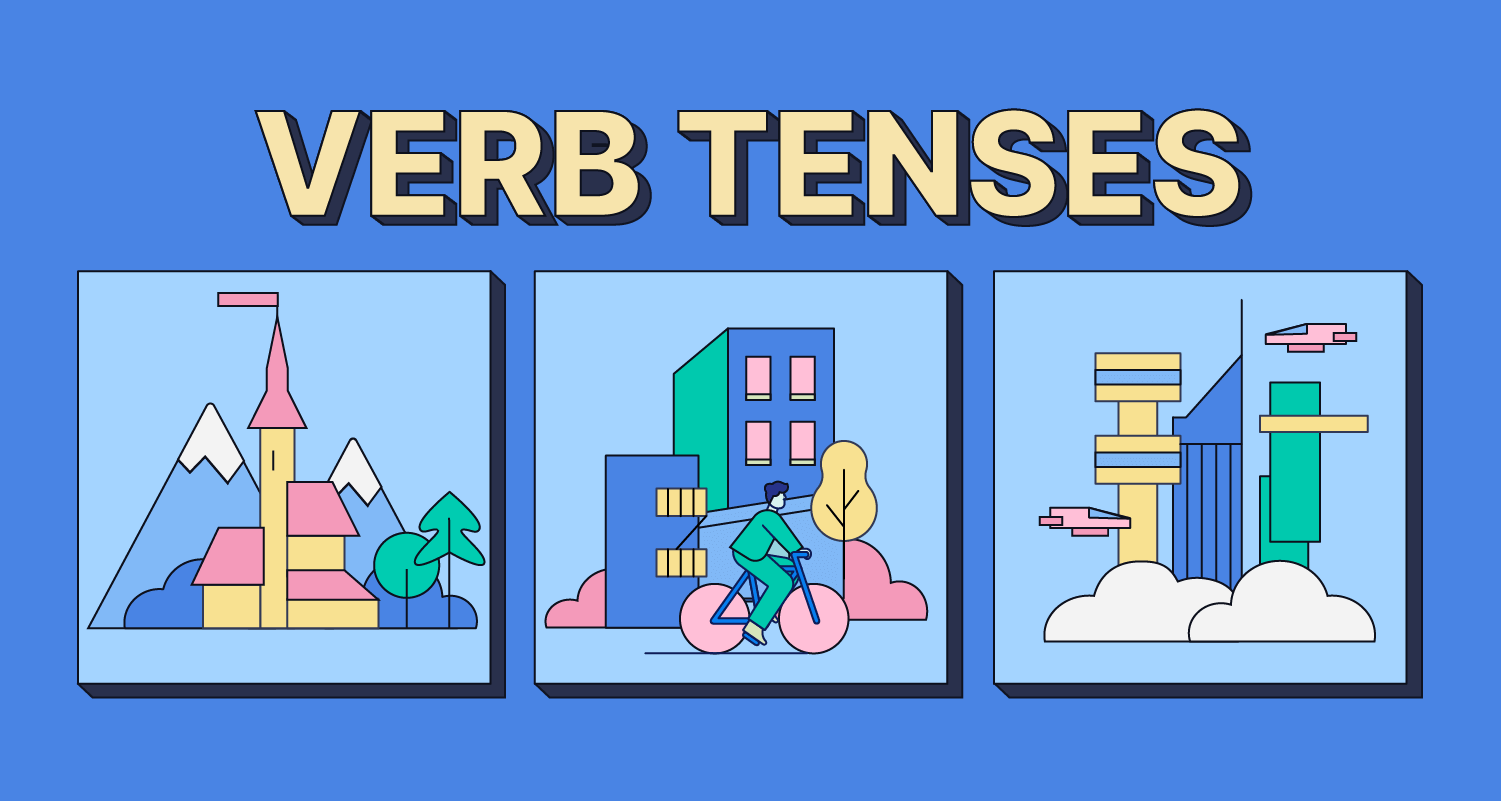Verb tenses are an essential part of grammar that help us convey the timing of an action. One of the most basic forms of verb tenses is simple verb tense. This tense is used to express actions that are happening in the present, past, or future in a straightforward manner.
Simple verb tense is versatile and can be used in various situations to communicate effectively. Whether you are talking about something that is happening right now, something that happened in the past, or something that will happen in the future, simple verb tense is a reliable choice.
Usage of Simple Verb Tense
Simple verb tense is divided into three main categories: present simple, past simple, and future simple. Each category has its own set of rules and uses. Present simple is used for actions that are habitual, general truths, or facts. Past simple is used for actions that have already happened, and future simple is used for actions that will take place in the future.
When using present simple tense, you simply add “-s” or “-es” to the base form of the verb for third-person singular subjects. For example, “He eats breakfast every morning.” In past simple tense, regular verbs are formed by adding “-ed” to the base form of the verb, while irregular verbs have unique forms. For example, “She went to the store yesterday.” Future simple tense is formed by using “will” or “shall” followed by the base form of the verb. For example, “They will visit their grandparents next weekend.”
It is important to pay attention to the time frame of the action when using simple verb tense. By understanding the basic rules and structures of each category, you can effectively communicate the timing of actions in your writing or speech. Practice using simple verb tense in various contexts to become more comfortable with its usage.
Overall, simple verb tense is a fundamental aspect of grammar that helps us express actions in a clear and concise manner. By mastering the rules and structures of present simple, past simple, and future simple, you can enhance your language skills and communicate more effectively. Remember to practice using simple verb tense regularly to improve your proficiency.
In conclusion, simple verb tense is a versatile and essential tool in grammar that allows us to convey the timing of actions with ease. By understanding the different categories and rules of present, past, and future simple tenses, you can enhance your communication skills and express yourself more clearly. Keep practicing and incorporating simple verb tense into your writing and speech for continued improvement.
